
The Raspberry Pi 6, the next model in the Raspberry Pi series, is expected to come with significant updates in performance and features. While the exact specifications are not fully confirmed yet, based on the trends of previous models, the anticipated features are as follows:
- Processor: A faster and more efficient processor, likely based on ARM Cortex cores, providing better performance for applications like artificial intelligence, the Internet of Things (IoT), and robotics. This processor could bring more processing power for more complex applications and heavy data processing tasks.
- Memory: Higher memory options, likely up to 8GB or more, to support resource-intensive applications, multitasking, and large data processing. More memory would allow users to run more complex projects without worrying about memory shortages.
- Graphics: An improved GPU for better video, gaming, and display capabilities, with support for 4K output or even higher resolutions. These improvements will enhance the graphical experience in applications and games, especially for users involved in multimedia and graphic-intensive projects.
- Connectivity: Advanced wireless communications, including Wi-Fi 6 and Bluetooth 5.2, offering faster data transfer and better connectivity for IoT devices. These features allow devices to connect to networks with less interference in crowded environments and offer faster internet speeds.
- Ports: More USB ports (likely USB 3.0 or USB-C), faster Ethernet (likely gigabit), and additional camera and display interfaces for multimedia projects. These ports would allow more peripherals and accessories to be connected while supporting faster data transfer.
- Storage: Faster and larger storage options, including support for microSD cards, external SSDs, and possibly eMMC storage for quicker booting and data transfer. This translates to shorter boot times and better performance in handling large data files.
- Energy Efficiency: Improved energy efficiency to extend operational times for battery-powered projects. Optimized power consumption allows devices to run longer, especially in projects where power is supplied by batteries.
- AI and Machine Learning Support: Built-in hardware accelerators such as a Neural Processing Unit (NPU) to enhance AI and machine learning tasks. This feature makes the Pi6 more suitable for effectively running AI models and machine learning tasks with lower energy consumption.
- Advanced Audio and Video Output: Advanced audio interfaces and multiple HDMI ports for better multimedia output, potentially supporting dual 4K displays. This feature allows users to enjoy high-quality multimedia experiences for video and audio projects.
- Backward Compatibility: Compatibility with existing Raspberry Pi accessories, shields, and cases. This feature ensures that users can continue using their previous accessories with the Raspberry Pi 6 without needing to buy new equipment.
These features will make the Raspberry Pi 6 a more powerful tool for various applications, including smart home systems like smart lock, robotics, education, DIY projects, and research and development in scientific and industrial fields. However, we will need to wait for the official release of detailed specifications to see more about this device and its capabilities.
Comparison Table: predicted Raspberry Pi 6 vs Raspberry Pi5
| Feature | Raspberry Pi 6 (Predicted) | Raspberry Pi 5 (latest Pi) |
|---|---|---|
| Processor (CPU) | Faster processor, likely ARM Cortex-A78 or similar with higher frequency | ARM Cortex-A72 quad-core processor with 1.5GHz frequency |
| RAM | 8GB LPDDR5 or more, with various memory options | 4GB LPDDR4 |
| Graphics (GPU) | Improved GPU, likely VideoCore VII with support for 4K and HDR | VideoCore VI GPU, supports 4K |
| Wireless Connectivity (Wi-Fi & Bluetooth) | Wi-Fi 6, Bluetooth 5.2, improved speed and connection stability | Wi-Fi 5, Bluetooth 5.0 |
| USB Ports | 2 USB 3.0 ports, 2 USB-C or USB 3.0 ports, USB 3.1 support | 4 USB 2.0 ports, 1 USB 3.0 port |
| Ethernet | Gigabit Ethernet | 10/100 Mbps Ethernet |
| Storage | Support for microSD, external SSD, and possibly eMMC | microSD (no support for internal SSD or eMMC) |
| Display Support (HDMI) | 2 HDMI 2.0 ports for dual 4K displays, HDR support | 1 HDMI 2.0 port for 4K display |
| Audio Output | Improved audio output, supports HDMI and 3.5mm audio jack | 3.5mm audio jack and HDMI audio output |
| Camera Support | CSI-2 port for advanced cameras with higher resolutions | CSI-2 port for camera attachment |
| AI Processing (NPU) | Hardware accelerators like a Neural Processing Unit (NPU) for AI tasks | Not available |
| Power Efficiency | Improved power efficiency, lower consumption at low loads | Average power consumption, optimized for long-term use |
| GPIO Ports | 40 programmable GPIO pins like previous versions | 40 programmable GPIO pins |
| Operating System | Supports Raspberry Pi OS, other OS installations possible | Supports Raspberry Pi OS, Linux, and other OS options |
| Additional Sensors & Ports | USB-C support for faster power and connection, PCIe ports | Power via micro-USB or USB-C |
| Simulation & Software Development | Optimized for simulation and complex software development tasks | Suitable for educational and DIY projects |
| Size & Design | Similar size, more compact design with varied options | Standard design with size of 88x58mm |
| Price (Estimated) | Likely similar or slightly higher price compared to previous models | Approximate price of $35 for the base model |
How Is the Raspberry Pi6 Different from Earlier Versions?
This expanded table provides a more detailed comparison of key features between the two models. Raspberry 6 is expected to have improvements in processing power, storage, wireless connectivity, and hardware accelerators for AI tasks, making it more versatile for various applications, including simulations, development, and AI projects. However, precise details will be confirmed once the Raspberry Pi 6 is officially released. Until then, you can use the models available in the Siqma store.
FAQ
-
When is the Raspberry Pi6 release?
There’s no official launch date yet, but most leaks and expert predictions suggest the RaspberryPi 6 could arrive in late 2025 or early 2026.
If the timeline follows previous releases, the latest Pi will likely be announced around the holiday season, giving makers and developers a fresh new board to start the year with. -
What are the key Raspberry Pi 6 specs?
The Raspi6 features a faster ARM Cortex-A78 processor, up to 8GB LPDDR5 RAM, improved GPU with dual 4K HDMI support, Wi-Fi 6, Bluetooth 5.2, and AI hardware accelerators. -
How does Raspberry 6 outperform Raspberry 5?
The Raspberry 6 crushes the Pi 5 with a turbocharged CPU, more RAM, stunning graphics, ultra-fast Wi-Fi 6, and AI enhancements. taking your projects to the next level!
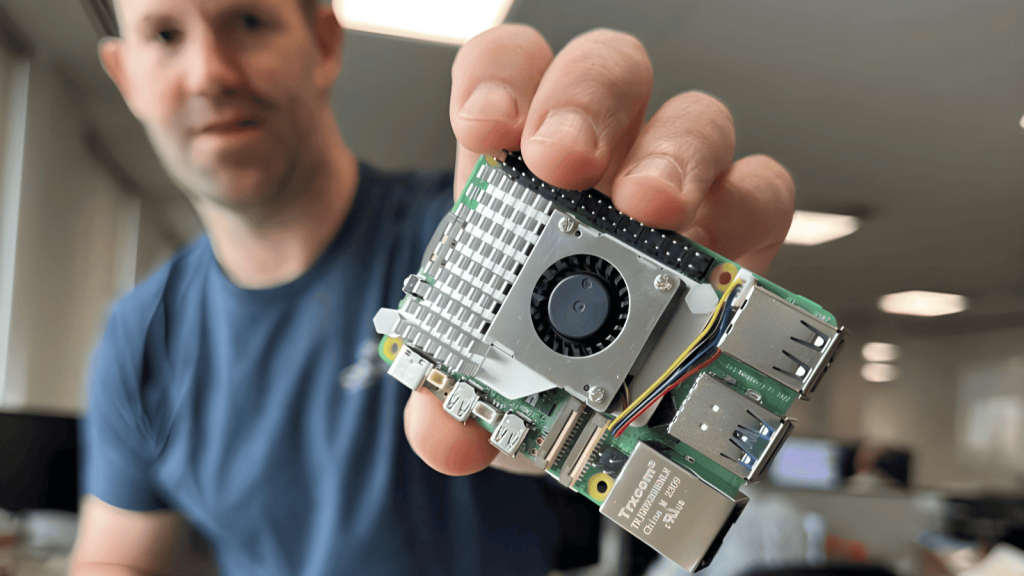
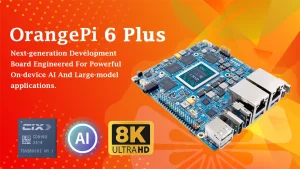
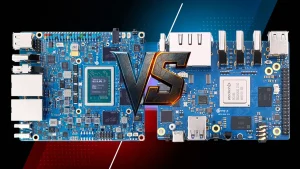
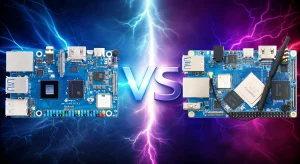
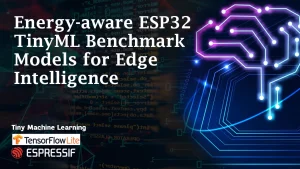
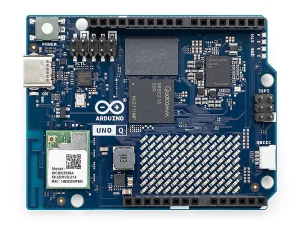

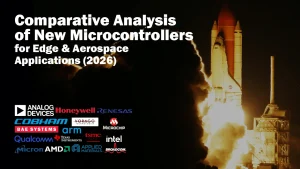

1 thought on “What are the new features of the Raspberry Pi 6?”
Pingback: Raspberry Pi 6 : Dossier Complet - Raspberry Pi France